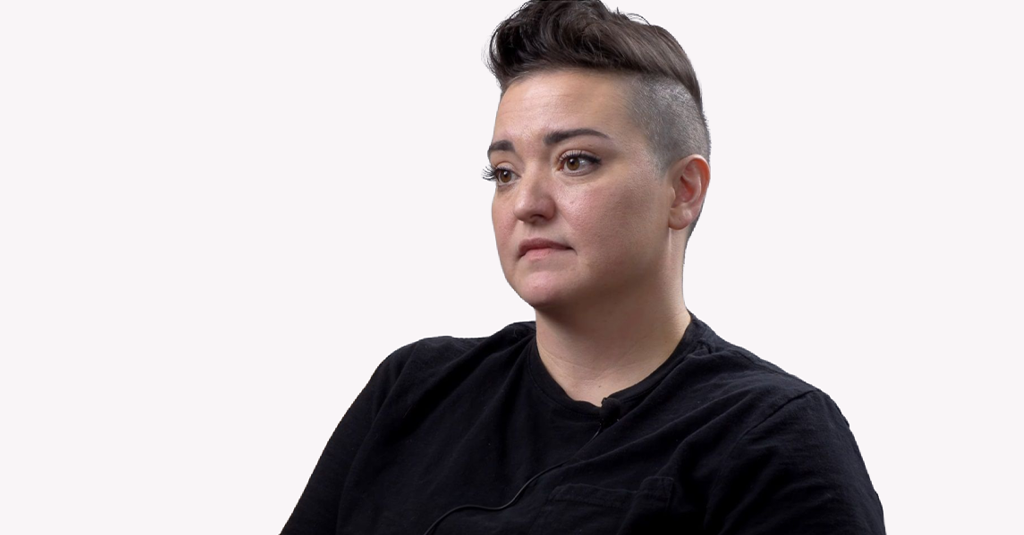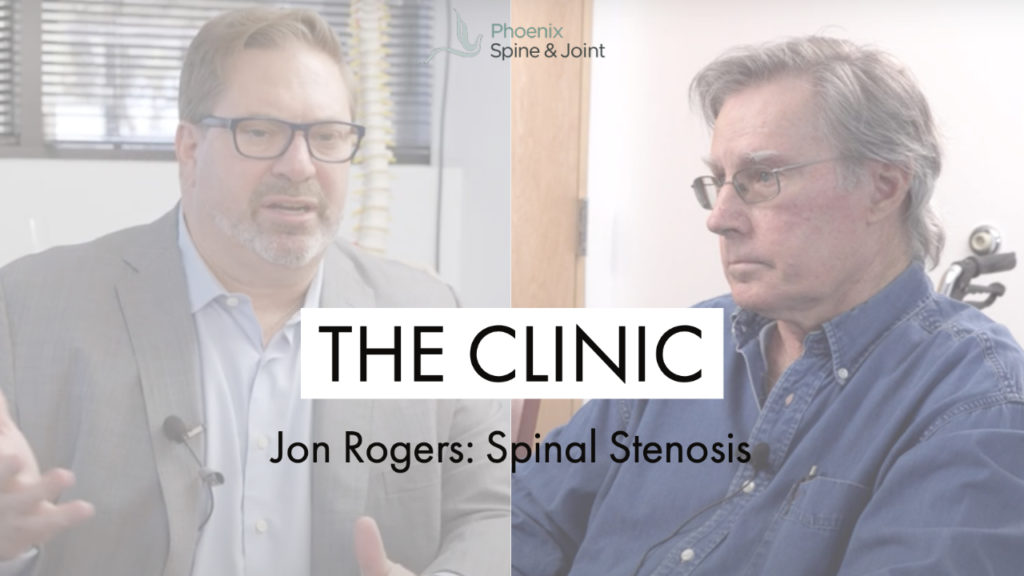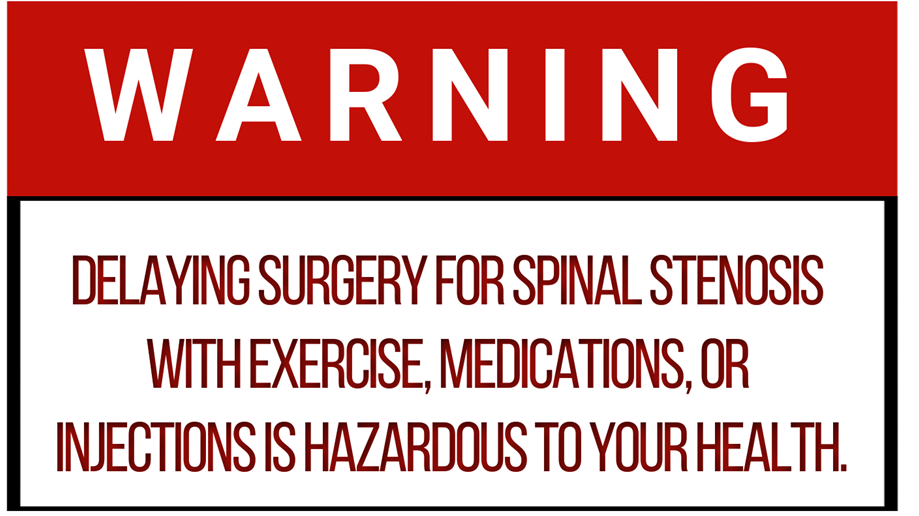How to tell when neck pain is serious
As an emergency room nurse Christina knew right away what was happening; that didn’t make it hurt any less. "I could not sleep. I could not position myself at night to where my right arm wasn't just flaming. I had to wear a sling to work." Watch the whole interview here ER Nurse w/ SEVERE [...]
read more







 Subscribe!
Subscribe!






